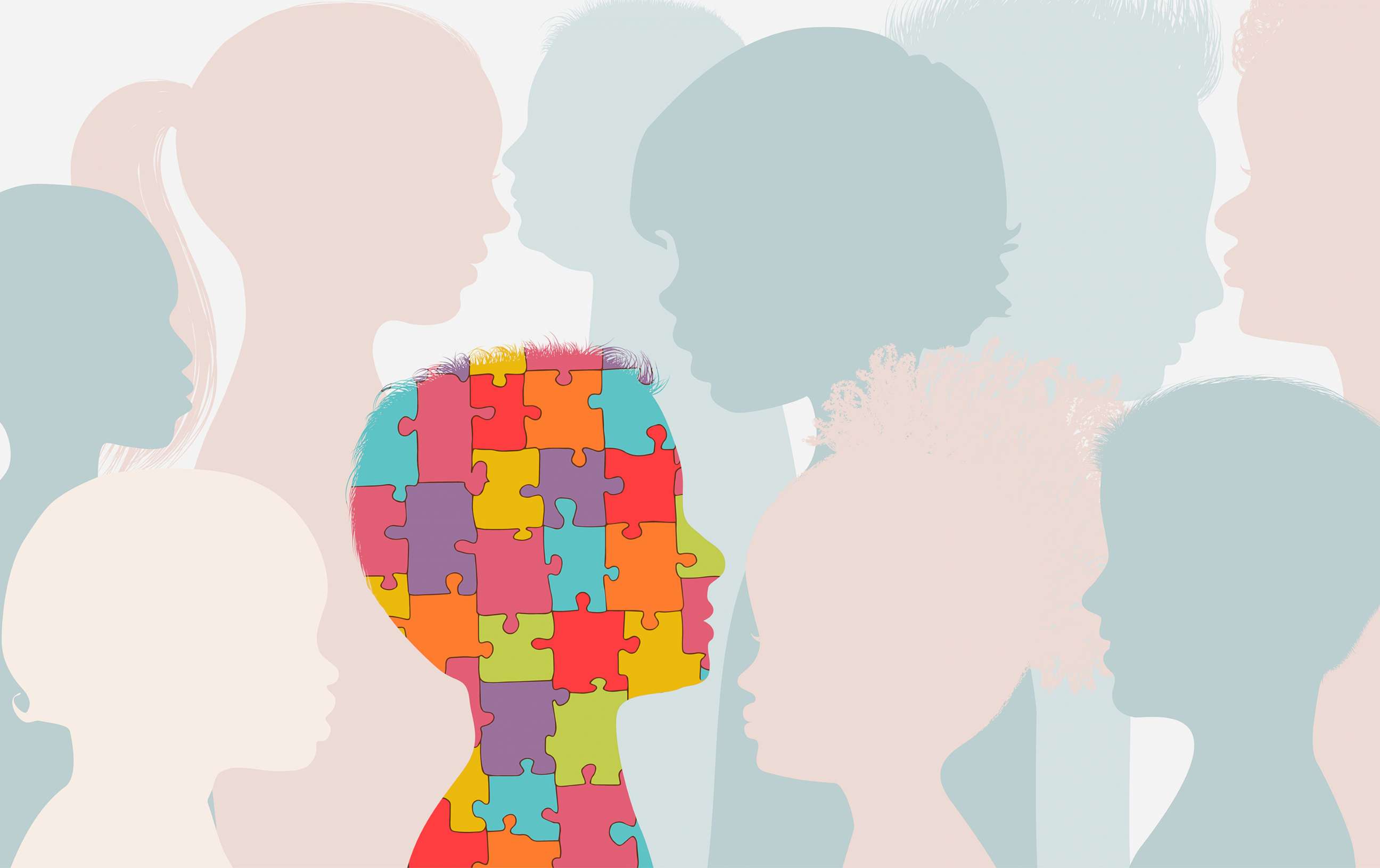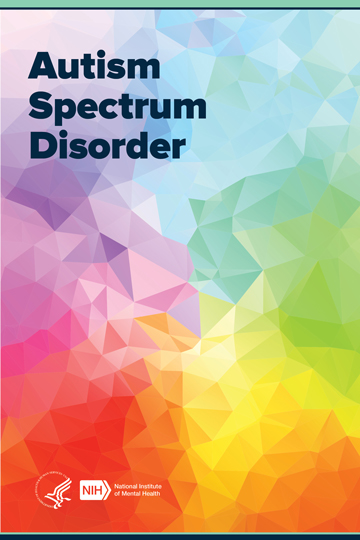Recognizing the Spectrum: A Comprehensive Guide to Autism Understanding
Recognizing the Spectrum: A Comprehensive Guide to Autism Understanding
Blog Article
Discovering Autism: Strategies for Effective Communication and Interaction
Efficient communication and communication with people on the autism spectrum require an extensive understanding of their one-of-a-kind requirements and choices. The ins and outs of these techniques reveal additional considerations that merit expedition, especially in how they can be adjusted to varied contexts and specific experiences.
Understanding Autism Range Disorder
Autism Range Condition (ASD) includes a series of neurodevelopmental conditions identified by obstacles in social interaction, interaction, and repetitive habits. The term "range" reflects the diverse indications and differing degrees of intensity experienced by people with ASD. While some may display substantial impairments, others may show high-functioning attributes, enabling higher freedom in every day life.
The beginning of ASD commonly happens in very early childhood years, with indicators frequently identifiable by age 2. Very early indicators may include delayed speech growth, minimal eye contact, and difficulties in comprehending social hints. Although the specific etiology of ASD remains vague, study recommends a mix of genetic and environmental elements plays a critical duty in its development.
As an outcome, interventions and assistance tailored to individual demands are necessary for promoting communication and social abilities. Identifying the intricacy of ASD is important for advertising understanding, approval, and efficient strategies that promote purposeful interactions with individuals on the range.

Significance of Clear Communication
Effective interaction is vital for promoting understanding and connection, especially for individuals with Autism Spectrum Problem (ASD) Clear interaction not just assists in social interactions but additionally improves the individual's capacity to express their ideas, needs, and emotions. For individuals with ASD, the nuances of language can frequently be testing; as a result, using uncomplicated and distinct language is important.
In addition, clear communication helps in reducing aggravation and anxiousness that may arise from misconceptions. When messages are conveyed in a constant and straight manner, people with ASD are better outfitted to interpret details accurately, which can substantially enhance their social interaction and engagement in different setups.
Establishing regimens and making use of visual assistances can better reinforce clear communication. These methods give people with predictable frameworks that help understanding and retention of info. In addition, proactively listening and being person throughout interactions promotes an encouraging environment where individuals with ASD really feel valued and comprehended.
Eventually, focusing on clear interaction not just empowers individuals with ASD however likewise cultivates even more purposeful connections with their peers, caregivers, and the broader area, leading the way for collective partnerships and inclusive interactions. - autism
Non-Verbal Communication Techniques
Communication extends beyond words, and for people with Autism Spectrum Disorder (ASD), non-verbal cues play a significant role in interactions. Non-verbal communication techniques can include facial expressions, gestures, body language, and eye contact, all of which act as vital parts for sharing intents and feelings.
Comprehending and analyzing these non-verbal signals can improve interactions with individuals with ASD. A cozy smile or open stance can develop a welcoming atmosphere, urging interaction. Utilizing visual help-- such as photo cards or signs-- can bridge communication gaps and aid communicate messages more properly.
It is also important useful site to be browse around here conscious of personal room, as people with ASD may have various comfort degrees pertaining to distance. Observing their reactions to physical nearness can inform ideal modifications.

Creating Supportive Environments
Developing an encouraging atmosphere is essential for fostering favorable interactions and boosting the wellness of people with Autism Range Disorder (ASD) Such settings can substantially reduce anxiousness and produce a feeling of security, permitting individuals to express themselves a lot more freely.
To attain this, it is vital to consider sensory level of sensitivities that individuals with ASD may experience. Modifying the physical area to consist of soft illumination, marginal background sound, and comfortable seating can produce a calming environment. Additionally, utilizing regular routines and clear visual timetables can help individuals expect shifts and lower uncertainty, additional advertising comfort.
Social rooms should be structured to minimize frustrating stimulations while offering chances for involvement in preferred activities. Promoting areas marked for silent time can likewise function as a refuge during moments of stress and anxiety. Importantly, incorporating elements of selection encourages individuals, allowing them to exercise company in their atmosphere.

Motivating Social Communications
Promoting social communications among people with Autism Spectrum Condition (ASD) calls for deliberate strategies that focus on convenience and engagement. Developing foreseeable routines can assist reduce stress and anxiety, making social setups much more friendly. Creating structured atmospheres with specified roles and obligations enables people to engage without the overwhelming pressure click reference of disorganized social characteristics.
Incorporating rate of interests and toughness right into social activities can work as a catalyst for interaction. Arranging team activities around shared hobbies or topics of fascination can assist in natural conversations and connections. Furthermore, using aesthetic assistances, such as photographic timetables or social manuscripts, can aid in understanding social cues and expectations.
Modeling suitable social behaviors is vital - autism. Peers and grownups must show reliable communication techniques, including active listening and turn-taking. Role-playing scenarios can likewise offer a risk-free space for individuals to practice these abilities
Last but not least, cultivating peer partnerships via comprehensive techniques is crucial. Urging comprehensive playdates or group outings can create opportunities for socializing in a comfortable setup. By executing these techniques, caregivers and educators can substantially improve social interactions for individuals with ASD, advertising their overall social growth and wellness.
Final Thought
In verdict, reliable communication and communication techniques are necessary for supporting individuals with Autism Range Condition. Inevitably, these approaches empower individuals with autism to navigate social landscapes, advertising their total health and making it possible for the advancement of lasting relationships.
Efficient communication and interaction with individuals on the autism spectrum require a detailed understanding of their distinct requirements and choices. Clear interaction not just assists in social communications yet additionally boosts the individual's capability to reveal their needs, emotions, and ideas.Cultivating social communications amongst people with Autism Range Problem (ASD) needs deliberate techniques that prioritize comfort and involvement. By applying these teachers, caregivers and approaches can substantially enhance social communications for people with ASD, promoting their total social advancement and well-being.
In final thought, effective interaction and interaction approaches are necessary for supporting people with Autism Spectrum Problem.
Report this page